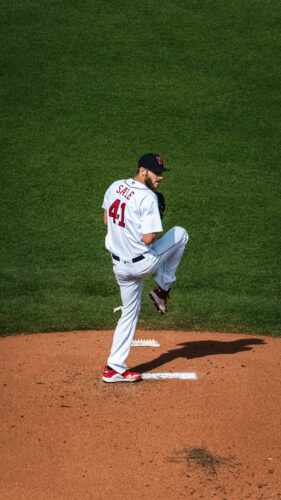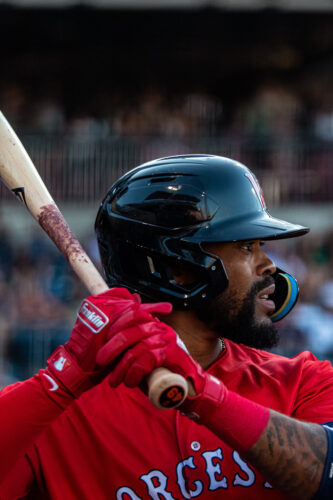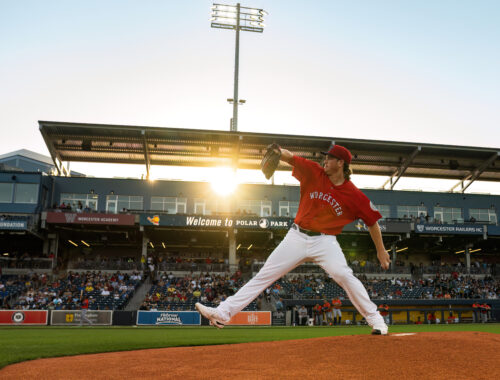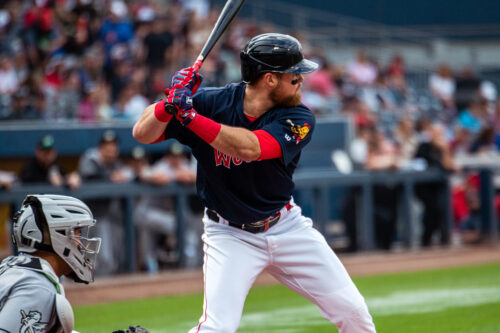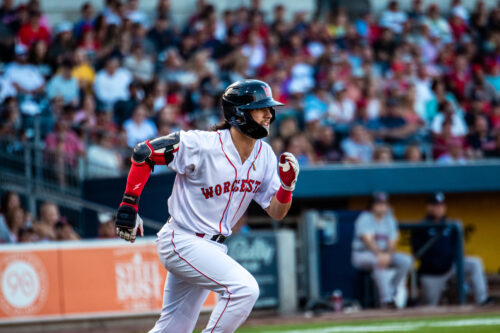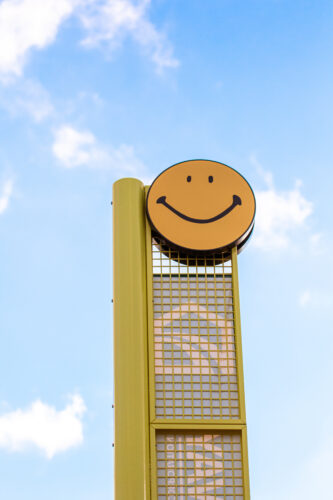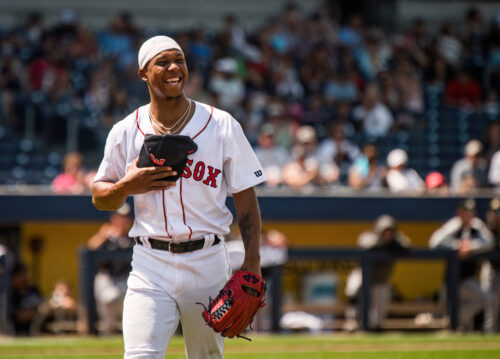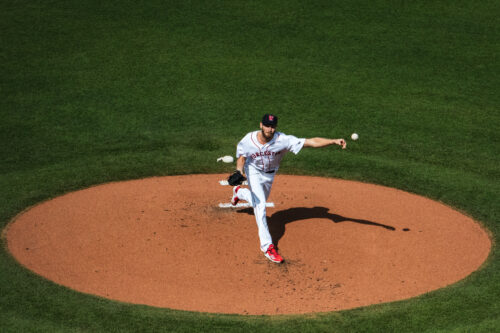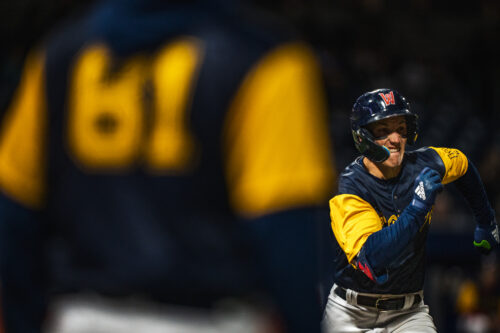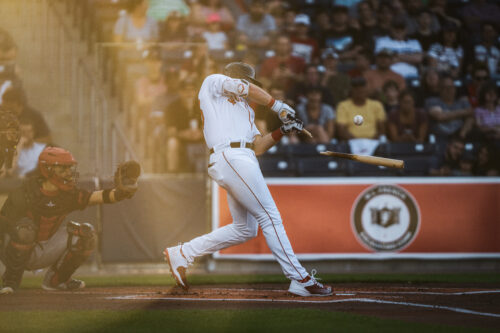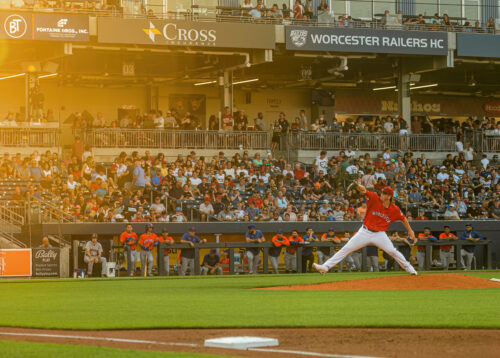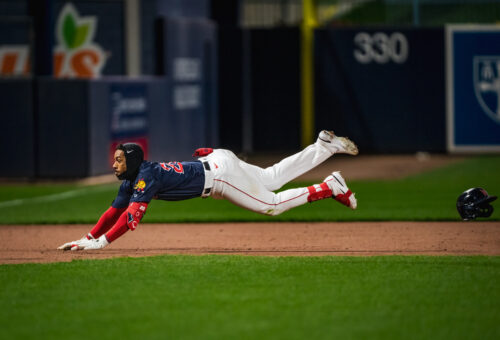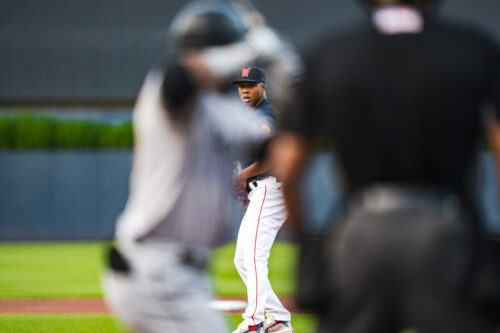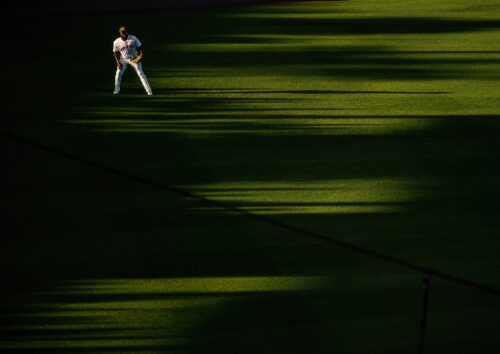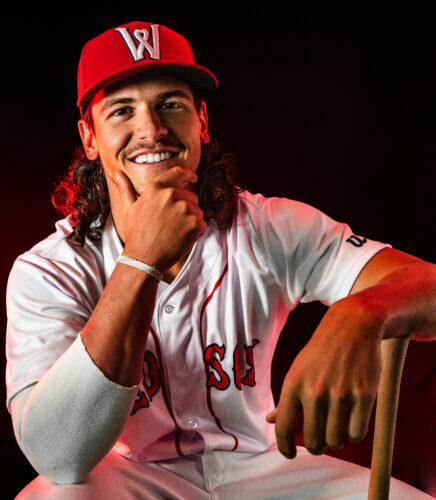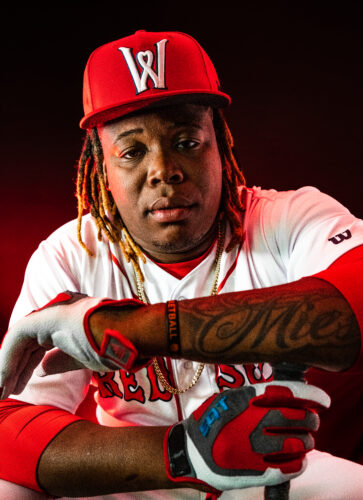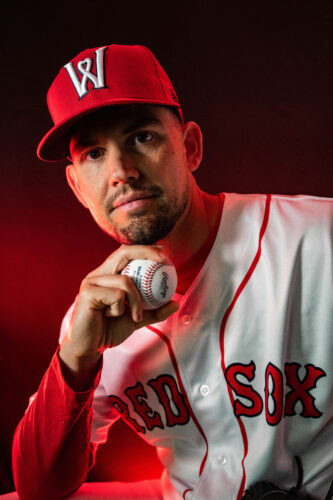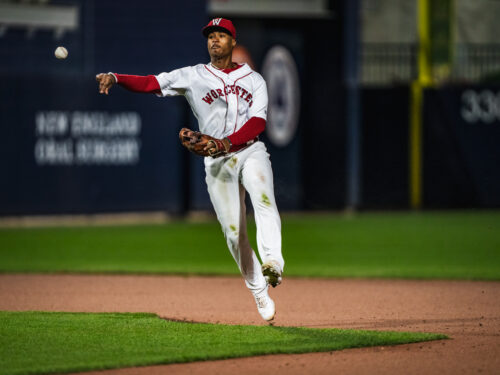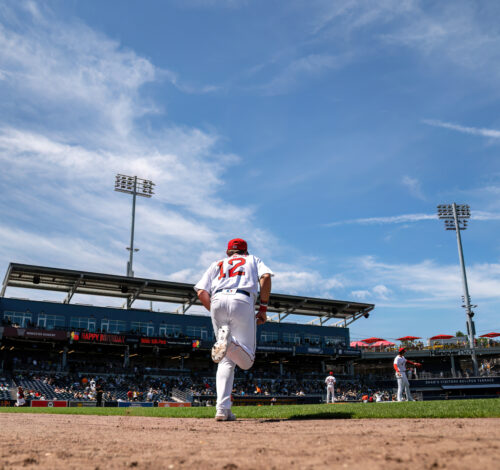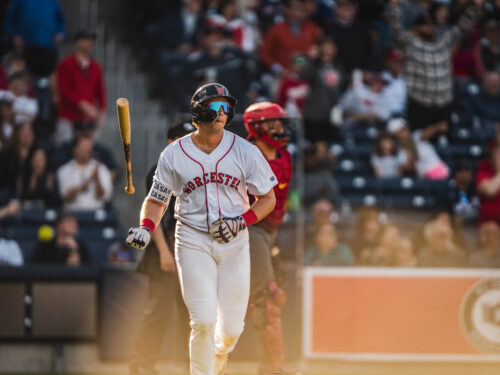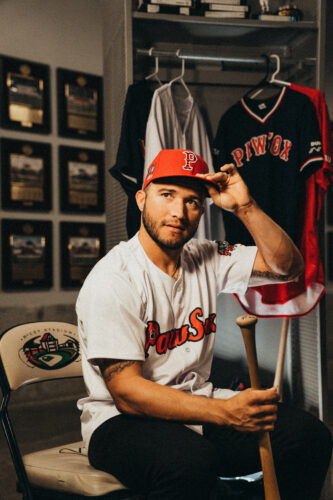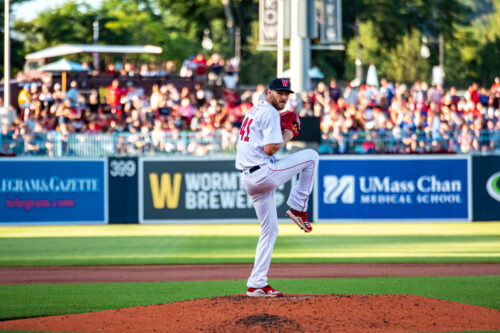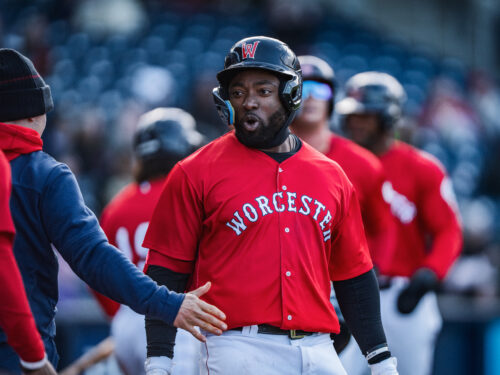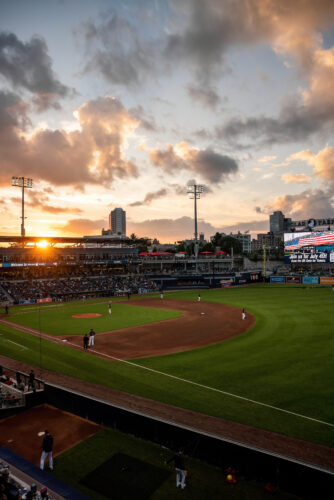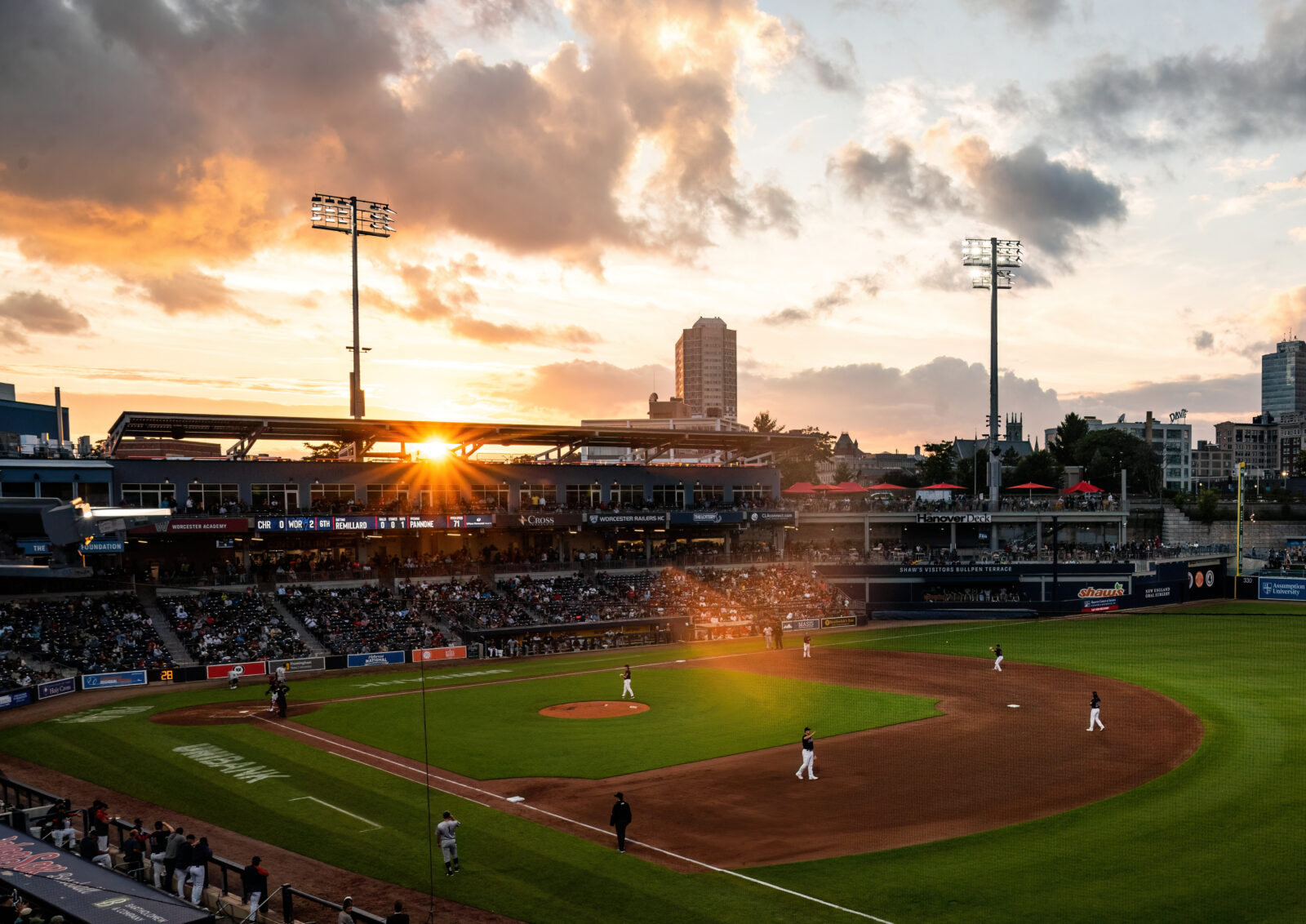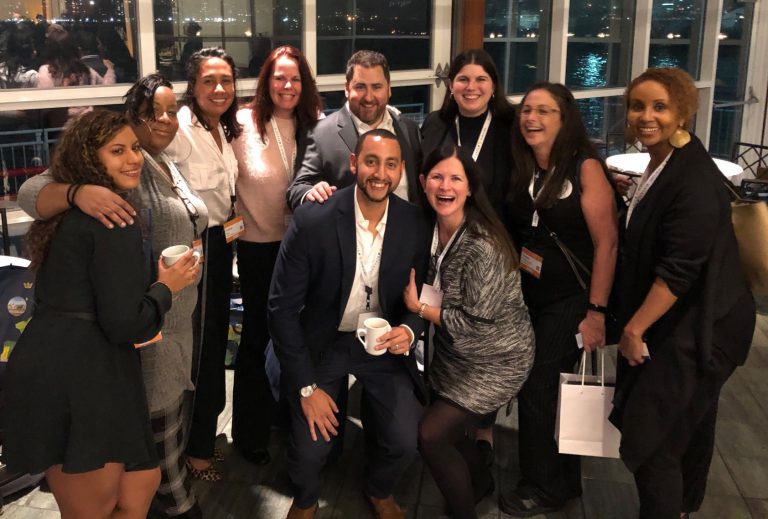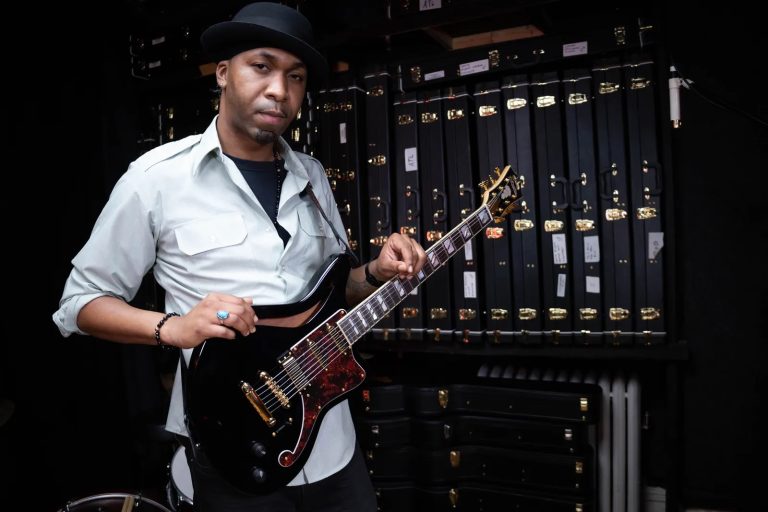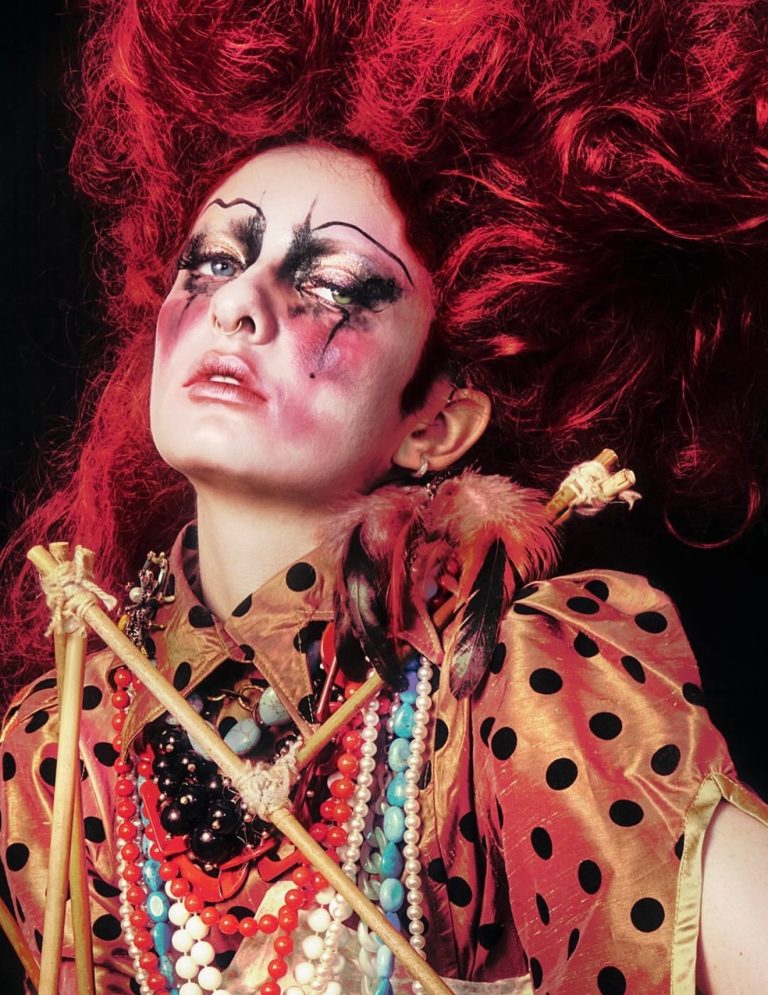Memories of the PawSox
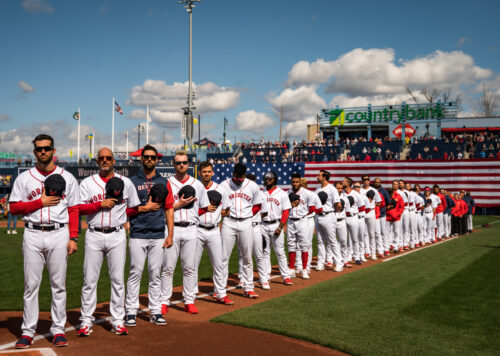
Before adolescence—before my first girlfriend, my first sip of beer, my first electric guitar—baseball consumed my life. It was the centrifugal force of my youth.
Whether it was tucking my baseball cards underneath my arm and peddling through the tired suburbs on lazy summer days to trade cards at a friend’s house; or playing a pick-up wiffle ball game in someone’s backyard, where launching a curveball into the swimming pool counted as an automatic grand slam; or jubilantly skipping the base paths after hitting my first Little League homerun, a line-drive over the left field fence; or taking in the majesty of Fenway Park for the first time, the Green Monster and The Pesky Pole and the verdant outfield lawn, baseball is still tethered tightly to my sense of nostalgia.
I grew up in Rhode Island, and there’s another piece of baseball nostalgia near-and-dear to me, a piece that now exists only in my memories, in the retelling of the experiences.
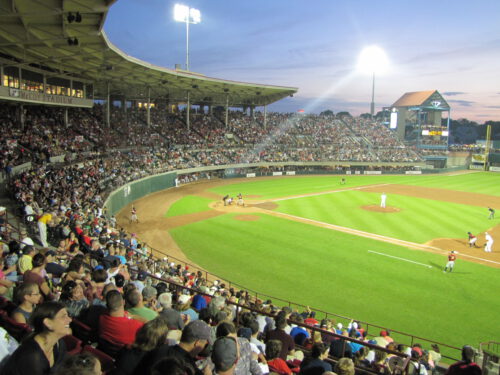
I remember my family attending Pawtucket Red Sox games each year at McCoy Stadium.
I remember the short jaunt up I-95 from our house, parking on a side street then hoofing half a mile to the stadium with my baseball glove on my hand and the brim of my Sox cap pulled down over my eyes.
I remember the winding beige concrete concourse that took us to the grandstands, the murals of players such as Wade Boggs and Carlton Fisk and Bruce Hurst and Jim Rice and Bob Ojeda painted on the walls.
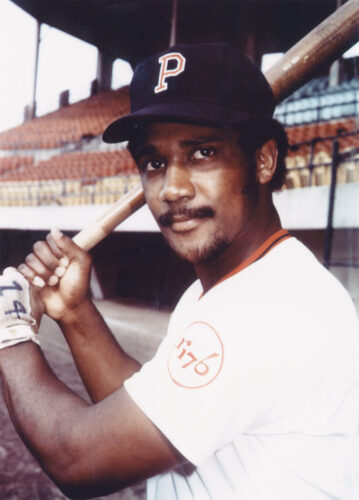
I remember watching batting practice, the grown men dressed in the same uniforms I wore to my own games, only cleaner and their stirrup socks never drooped.
I remember Roger Clemens, Oil Can Boyd, Mike Greenwell and Mo Vaughn breaking into the organization, small steps away from major league stardom.
I remember a half dozen plastic cups commemorating the longest game in baseball history—a 33 inning game between Pawtucket and the Rochester Red Wings on April 18, 1981, where future Hall-of-Famers Wade Boggs and Cal Ripken Jr. both played—stacked with the water glasses in the cupboards of my childhood home.
I also remember first hearing the organization announce in August of 2018 that they were relocating the team to Worcester in 2021. After having been Boston’s Triple-A affiliate from 1973-2020, the team of my youth left when acrimonious negotiations fell apart between the team’s brass, the State of Rhode Island and the City of Pawtucket.
“We wanted to be in Pawtucket. We wanted to stay in Rhode Island. That was our first goal, but it didn’t work out,” said Senior Vice President of Communications Bill Wanless, who has worked with the Triple-A Red Sox organization since 1985.
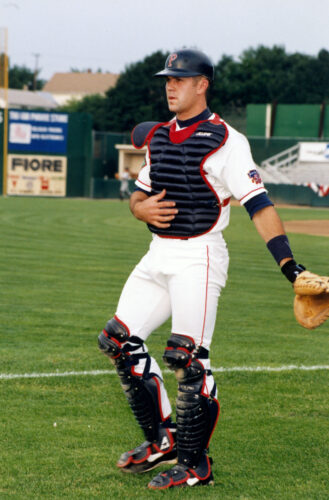
I remember feeling indignant that this piece of my youth was stolen by the second largest city in New England in a state that already houses a major league team.
I remember hearing about the Pawtucket Red Sox last season being cancelled due to the pandemic in 2020; their last official game at McCoy Stadium was on September 2, 2019, where they defeated the Lehigh Valley Pig Irons 5-4 in 10 innings.
I remember the sadness, and the nostalgia.
“We all appreciate the history and the great things that happened [in Pawtucket]. McCoy had a great life, and the memories will go on forever,” Wanless said. “My best memories are seeing the families come to games and have a good time there.”
Jilted, I remember digging in my heels and vowing to never attend a Worcester Red Sox game.
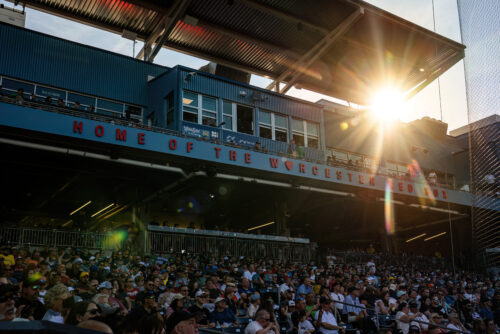
Then I remember getting a phone call early one morning asking if I’d be interested in writing a feature piece about the Worcester Red Sox—nicknamed the WooSox—for BostonMan Magazine. I remember agreeing to do it.
Baseball, after all, supersedes any personal grudges.
“The first perfect game then a century of waiting”
I have an academic interest in baseball’s venerable—although sometimes sordid—history.
And when I started digging into Worcester’s history with the game of baseball, there was more to excavate, as well as some legitimate gripes that made me compassionate to the city’s plight.
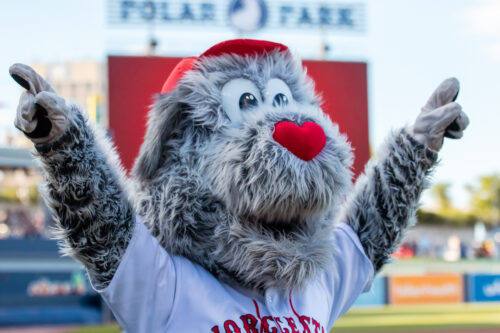
Worcester’s history with major league baseball dates back to 1880 where the Worcester Worcesters (who are also referred to as “The Ruby Legs” or “The Brown Stockings,” although there are no known sources to support either moniker) played their home games at the Worcester Driving Park Grounds in The Worcester Agricultural Fairgrounds.
The team competed in baseball’s nascent National League from 1880-1882.
On June 12, 1880, J. Lee Richards, a pitcher and a Brown University student, tossed the first perfect game in Major League history against the Cleveland Blues. Later that year, on August 20, the Worcesters also became the first team to be no-hit at home by Pud Galvin of the Buffalo Bisons.
That would not be the team’s only dubious distinction.
In the their penultimate game in 1882, the Worcesters’ recorded the lowest attendance of any major league team in record when they played the Troy Trojans and hosted a mere six fans at the contest.
The Worcester team was dropped by National League that year due to low attendance and a belief that the city was too small to host a major league ball club. They were replaced by the Philadelphia Quakers, who would later become the Philadelphia Phillies.
However, questions persisted surrounding the legality of the league’s removal of the Worcester team—as well as the Troy Trojans—seeing nowhere in The National League charter did it state that a team could be removed for financial reasons, according to reporter Kevin Nolan.
It would be another 138 years until the city of Worcester would witness another major league pitch.
That doesn’t mean that baseball, or anything baseball-related, ceased to exist in the city limits.
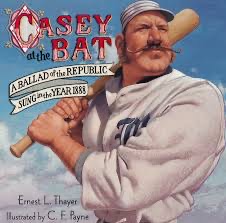
In 1888, Worcester’s Ernest Thayer penned “Casey at the Bat,” the game’s most iconic poem, for The San Francisco Examiner.
A young Ted Williams would blast his first dinger—a grand slam, actually—in a Red Sox uniform in an exhibition game versus Holy Cross College at Fitton Field in 1939.
In 1952, Holy Cross would become the only New England team to ever win the College World Series.
While not affiliated with the MLB, the Worcester Tornadoes played in the Canadian-American League from 2005-2012. Managed by Rich Gedman—the WooSox current hitting coach—the Tornadoes defeated the Quebec Capitales for the championship in their inaugural season.
In 2014, the Worcester Bravehearts, a summer collegiate baseball team, began competing at Hanover Insurance Park at Fitton Field in the Futures Collegiate Baseball League of New England.
Finally, in 2021 the newly-christened Worcester Red Sox took the field for their first game at the $157 million Polar Park as Boston’s new Triple-A-affiliate.
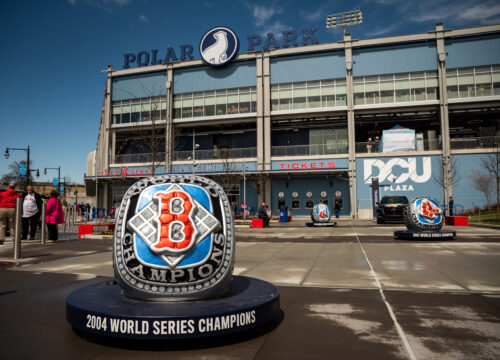
And the new facility in a growing area of the city did not disappoint fans.
“Many people who were against the project in Rhode Island would tell us that ballparks aren’t beneficial for communities, and that they are not catalysts for surrounding redevelopment,” said Joe Bradlee, Vice President of Baseball Operations and Community Relations. “It’s gratifying for all of us in the front office to see all of the activity that’s taking place in the neighborhood of Polar Park, and we’re lucky to have WooSox Executive Vice President Dan Rea, who has done a phenomenal job working with developers and public officials, ignite some of the energy you see around the park.”
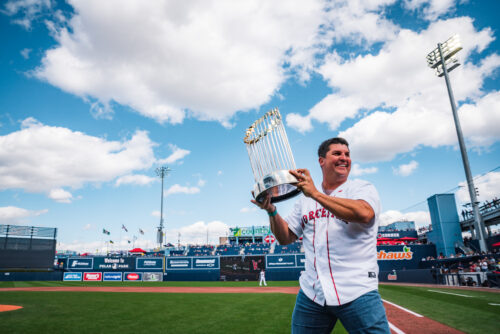
In fact, in the area surrounding Polar Park in the Canal District of Worcester, construction for hotels and a seven-story apartment complex has already begun.
“This is excellent for Worcester,” said Philip Harrity, a suite attendant and caterer for the stadium’s DCU Club. “It’s brought a lot of jobs, and it’s helping to clean up the city.”
The public has responded as well. As of July 11, heading into the All-Star break, the WooSox lead all 120 minor teams in attendance, hosting 339,937 visitors at Polar Park.
So now it was time for me to pack away my personal indignation and experience Polar Park for myself.
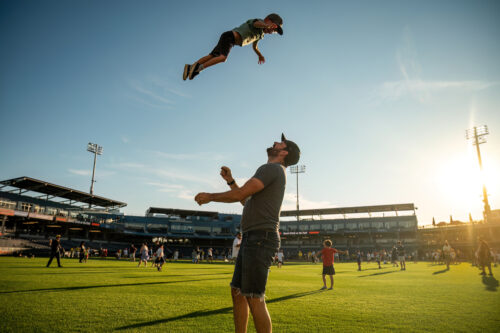
The Dog Days of Summer
The “dog days” of summer in the Northern Hemisphere are a 40-day stretch from July 3-August 11, notorious for their high heat and humidity. The “dog days” also happen to land smack-dab in the middle of baseball season.
Contrary to some lore, the name has nothing to do with our furry friends panting and seeking shelter in the shade. The term traces back to the ancient Greeks and Romans, referencing Sirius, which is the brightest star in the constellation Canis Major (in Latin, it translates to “big dog”).
During the “dog days,” Sirius appeared to rise beside the sun, and it was believed the two stars created the heat, making the stretch the hottest time of the year.
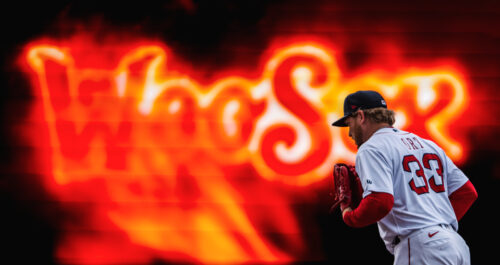
While this is scientifically spurious, when BostonMan publisher Matt Ribaudo and I traveled to Worcester from Boston—where we caught the Boston Red Sox game against Toronto the previous day—the heat was undeniable on that sweltering Sunday afternoon when the WooSox faced off against the Syracuse Mets, the same day Red Sox legend David Ortiz was inducted into The Baseball Hall of Fame.
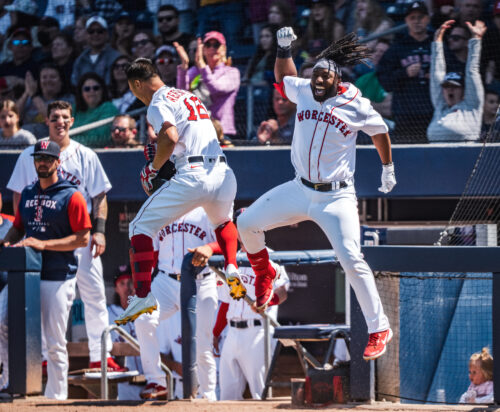
Did I still have a chip on my shoulder about Pawtucket moving to Worcester? I did. Was my surliness exacerbated by the oppressive heat? Indeed.
Then, over the course the afternoon, something unexpected happened.
I fell in love with Polar Park.
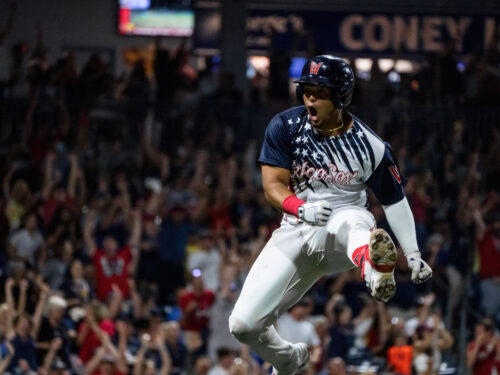
To begin, the organization—from the people in the front office to the ushers in the park—was absolutely helpful, gracious, hospitable and kind.
“It’s a wonderful organization from the top down,” said an usher who preferred to remain anonymous at the risk of seeming sycophantic. “The focus is always on the fan experience. They try to find ways to say ‘yes.’ They want to do it right.”
And this starts with the facility itself. Wanless credits Principal Owner and Chairman of the Board Larry Lucchino—the same man who coined the term “Evil Empire” to describe the New York Yankees franchise—as “the driving force” behind the construction of the ballpark.
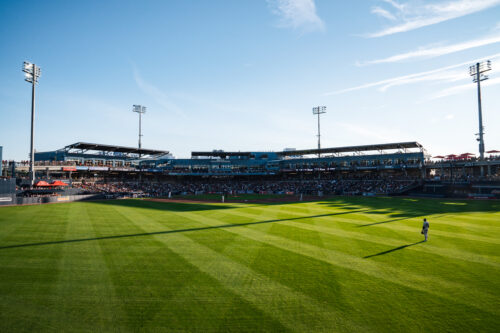
While designing Polar Park, Lucchino worked closely with architect Janet Marie Smith, who also worked with Lucchino on Baltimore’s Camden Yards, San Diego’s Petco Park, JetBlue Park in Fort Myers, Fla. (the Red Sox spring training facilities) and the renovations of the historic Fenway Park.
“[Polar Park] is really Larry’s baby,” said Wanless.
And the ballpark offers considerably more options for watching the game than its predecessor in Pawtucket. “There are many different viewing areas versus what you had at McCoy, which was somewhat limited due its footprint,” Wanless said.
For example, Polar Park offers its version of Fenway’s Monster Seats above an elevated wall in right field, as opposed to left field in Boston. It also pays homage to McCoy Stadium with the left field lawn seats in a grassy area referred to as “the berm.”
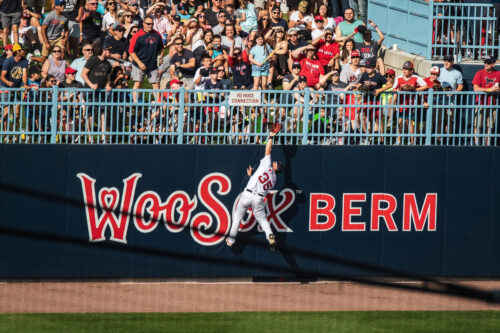
Meanwhile, they’ve minimized the amount of the foul-ball territory, which was sizeable at McCoy, in order to keep fans closer to the action. “We’re quite literally pushing boundaries,” said Bradlee.
The addition of the DCU Club on the third floor of the facility behind home plate allows fans to view the game indoors and can be utilized for year-round events that don’t involve baseballs, bats or gloves.
There’s also The Hanover Deck on the third-base line, which is outdoors on the same level as the DCU Club and overlooks left field.
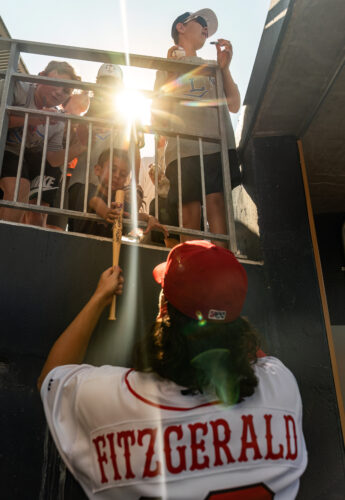
This says nothing of the local flavor that can be experienced inside the park. A Taste of Worcester is a stand on the concourse behind centerfield that features cuisine from nine local restaurants on a rotating basis.
There’s also The Sherwood Diner, which was literally an empty train car in a lot in Providence that was refurbished and transported to Polar Park where they now serve coffee and pastries.
Matt and I later found ourselves at The Wormtown Brewery stand, while trying some other beers from various local breweries; this becomes a bit of a necessity during the heat of the “dog days.”
“Fans have come to expect something different these days, something with a modern feeling and modern amenities,” Wanless said. “[Polar Park] still has an old-time feel, only with these modern touches.”
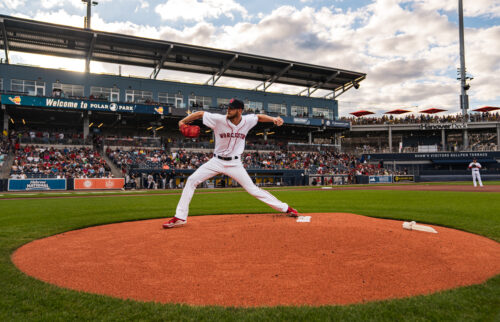
And for a Rhode Islander, like me, who may feel frustrated and disenfranchised by the team’s move, Worcester is determined to woo us back.
“Rhode Island is an important fan-base to us,” said Wanless. “They were loyal, and we want them to stay with us here. We want Rhode Islanders to feel like they’re a part of this.”
And so far it is working. This season, the former PawSox fans are supporting Worcester en masse. On July 9, the WooSox even donned the uniforms Pawtucket was slated to wear in their last season before it was cancelled by the pandemic.
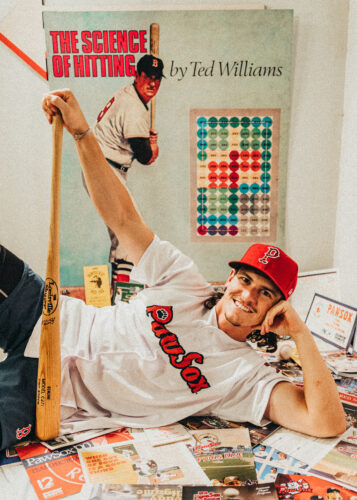
The WooSox overcame a six-run deficit on that balmy afternoon and defeat the Mets 10-8 in an exciting and engaging game to watch.
“We are considered one of the best organizations in the minor leagues due largely to our loyal fans and the many great players we’ve had over the years,” said Wanless.
And now you can count me as a new WooSox fan.
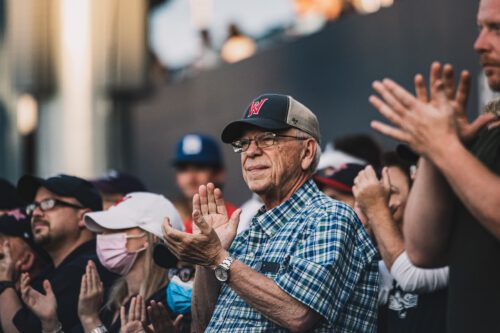
Please enjoy these additional photos courtesy of the front office of the Worcester Red Sox, truly showing the magic of Polar Park and WooSox baseball.
